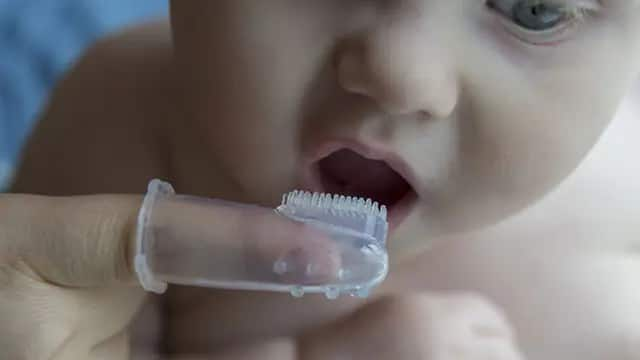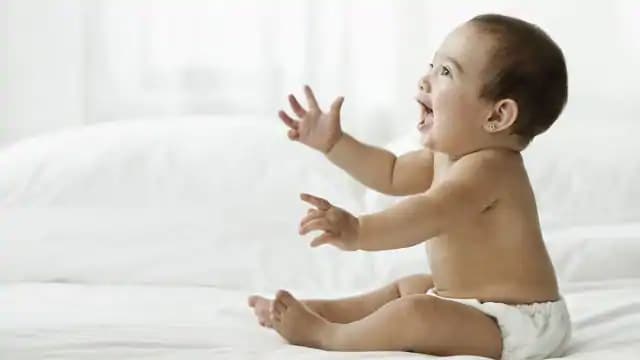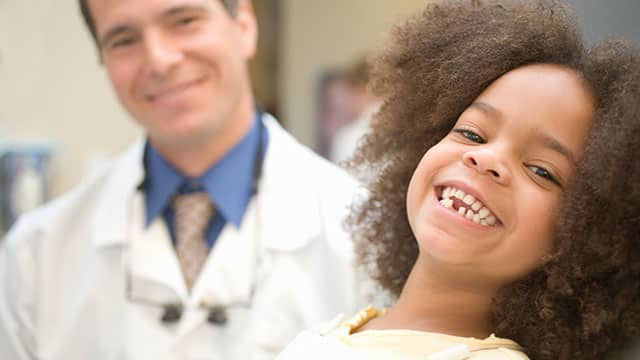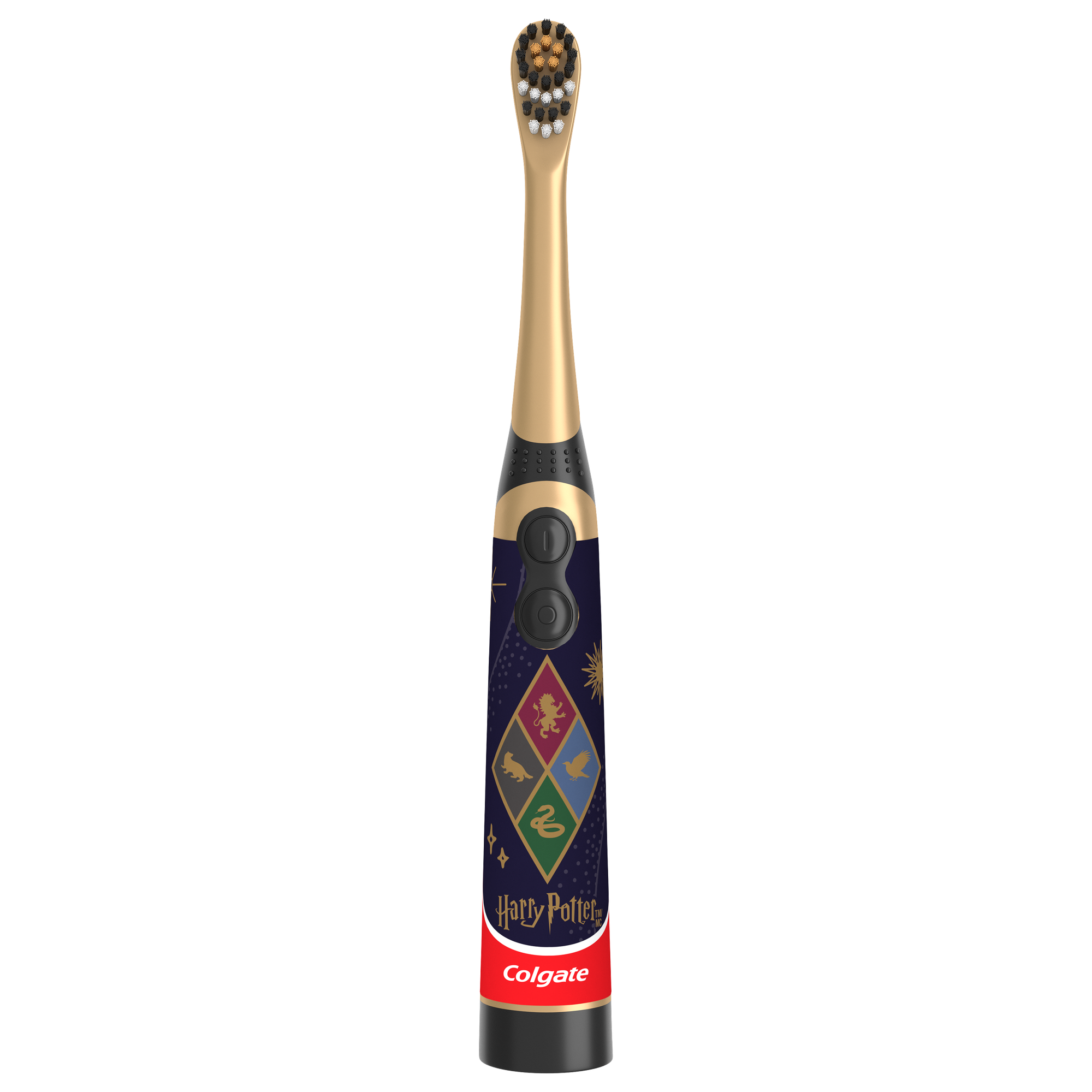Babies need to get used to the feeling of dental items in their mouth to prepare them for their eventual daily routine of using a toothbrush. So it's important to start cleaning their gums and tongue early. And although you don't necessarily need to use a separate baby tongue cleaner, you do want to get in the habit of wiping their tongue, gums, and teeth as soon as they erupt. So now that we've answered this one question for you, you're probably wondering about the best practices for how to clean your baby's tongue and overall smile.
Why Is Cleaning Your Baby’s Tongue Important?
Newborns need their tongues, gums, and inner cheeks cleaned to help avoid bacteria buildup and potential health issues. A baby tongue cleaner can be a great tool for this and help clean the coating of milk and germs off your baby’s tongue. Cleaning your baby’s gums by wiping them with gauze or a soft cloth and their tongue with a baby tongue cleaner wipes away sugars that bacteria thrive on. If formula or breast milk stay in baby’s mouth, the bacteria continue to multiply and can lead to oral fungal infections such as thrush.
Oral Care Before the Teeth Come In
How you care for your baby's mouth depends on whether they've gotten any teeth yet. Before your baby has teeth, you won't need to use a toothbrush, infant tongue cleaner, or toothpaste. Instead, a small piece of gauze or a washcloth soaked in a bit of water should suffice. After feeding, you can wrap the gauze around your index finger and carefully lay your baby across your lap. By cradling their head in your arms, you're in a good position to wipe gently inside their mouth.
By using your finger wrapped in gauze to carefully massage the gums and remove any remaining bits of food or milk, you're using a gentle but effective method to clean out bacteria. While you wipe your baby's tongue with the gauze, be careful not to put your finger down their throat. Use soft, circular motions to clean both their tongue and gums. There's no need to use toothpaste at this stage since there are no teeth. Remember to throw away the gauze and wash the washcloth after each cleaning.
My Baby Has Thrush. How Do I Clean Their Mouth?
While some discoloration or white on the tongue is normal from milk residue, if it is cottage cheese like in appearance and you can’t wipe it away, it is probably oral thrush. This is a yeast infection. Thrush can appear on the baby’s tongue, lips, gums, or the roof of their mouths. Though common, and it may resolve on its own, thrush can be uncomfortable for your baby while eating, and can spread quickly. It can be passed between mother and baby during breastfeeding. Since it is an infection, you can’t wipe it away and it may require antifungal medication to stop the spread of infection. Speak to your pediatrician if you suspect thrush. If you breastfeed, you may have a yeast infection on your nipples that needs treatment with an antifungal cream. Likely, your baby’s doctor will prescribe a liquid antifungal to apply to your baby’s mouth. To avoid reinfection, make sure all pacifiers and bottles are properly sterilized. Limit pacifier-use and feeding times, since prolonged sucking may aggravate the condition.
Oral Care After the Teeth Come In
Your baby's oral care routine should change slightly after their first tooth comes in. This usually occurs anywhere between the ages of four and six months. Once those first teeth pop up, you can start using a soft, kid-friendly toothbrush with a head that's designed to fit in a very young child's mouth for easy navigation. Use this toothbrush to clean their visible teeth, and continue to use the damp gauze to clean their gums and tongue.
Introducing Toothpaste
During your baby's first dental exam, a dental professional can give you an idea of when it's acceptable to start using toothpaste. The American Dental Association (ADA) currently recommends that babies use a small bit of toothpaste (about the size of a grain of rice) starting when their first tooth comes in until age three. From ages three to six, they can use a bit more toothpaste, about the size of a pea!
But we know that researching this information and how it applies to your baby could be confusing, as each child is different. We recommend consulting with your pediatric dentist about when it is best to integrate the use of toothpaste and a toothbrush into your baby's daily routine. From discussing using a tongue cleaner on your newborn to when to introduce toothpaste, they can help you every step of the way! Your child's pediatric dentist can provide step-by-step instructions for cleaning their gums, tongue, and teeth, and which are the most useful products to use when doing so.
Using a tongue cleaner shouldn't have any adverse side effects as long as you use gentle movements and hold your baby appropriately on your lap. It's certainly not mandatory that you use one. It won't hurt, but it's 100% your call. When you have a newborn baby, it's normal to have what feels like one million questions. And rest assured, your care and questions mean that you'll do a great job helping them take care of their oral health!
Oral Care Center articles are reviewed by an oral health medical professional. This information is for educational purposes only. This content is not intended to be a substitute for professional medical advice, diagnosis or treatment. Always seek the advice of your dentist, physician or other qualified healthcare provider.
ORAL HEALTH QUIZ
What's behind your smile?
Take our Oral Health assessment to get the most from your oral care routine
ORAL HEALTH QUIZ
What's behind your smile?
Take our Oral Health assessment to get the most from your oral care routine















